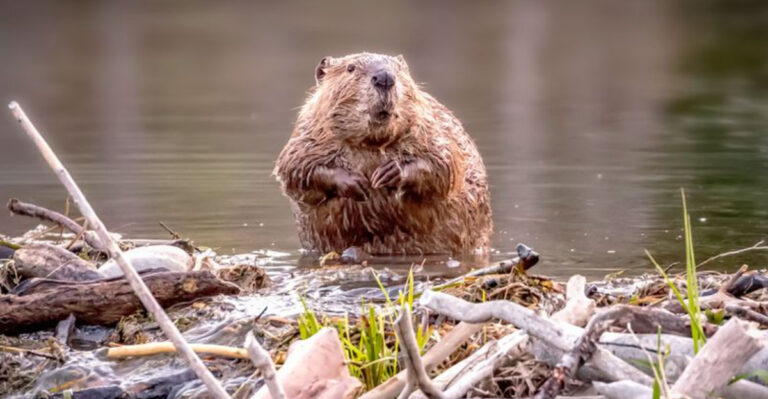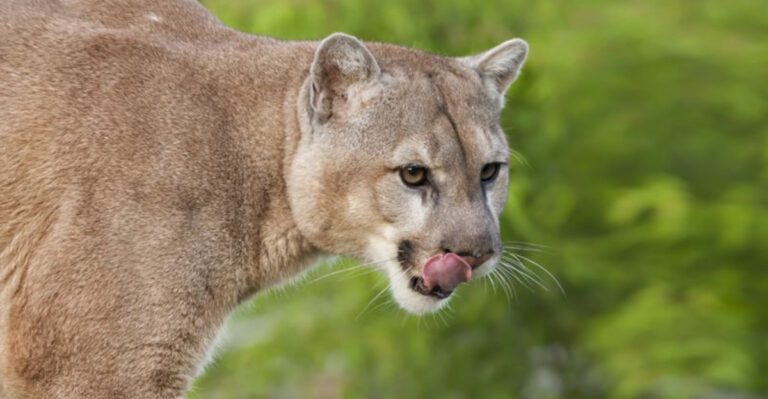15 Reasons Grizzly Bears Might Return To California After 100 Years
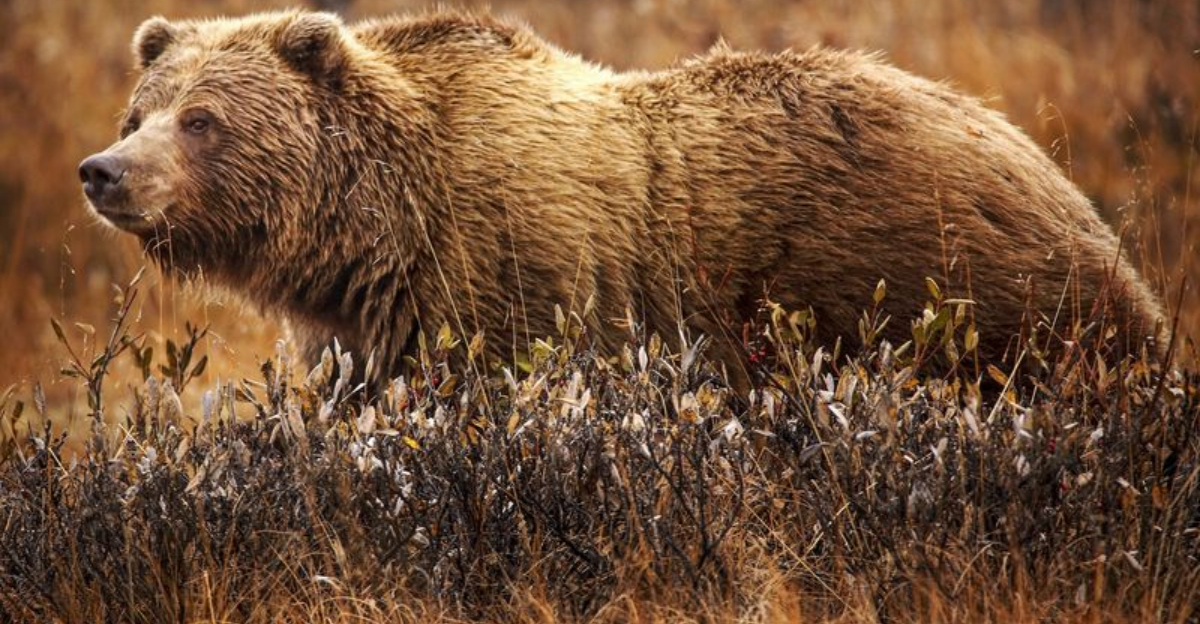
Imagine a world where California’s wild landscapes echo once again with the presence of grizzly bears.
These iconic creatures, absent for over a century, might just make a comeback. But why now?
1. Rewilding Initiatives
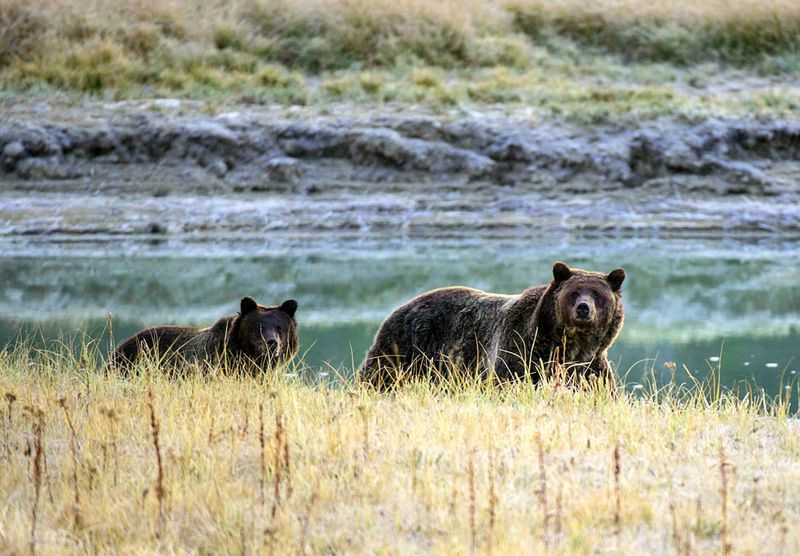
Have you ever thought about humans playing matchmakers for nature? Across California, conservationists are busy implementing rewilding initiatives, hoping to restore ecosystems to their former glory.
These programs aim to bring back native species, including our grizzly friends.
By reconnecting fragmented habitats and increasing biodiversity, they create a potential homecoming for grizzlies in California’s landscapes.
Exciting, isn’t it? Imagine driving through the state and spotting these magnificent creatures once more. A harmonious balance of nature is the ultimate goal here!
2. Climate Change Impact
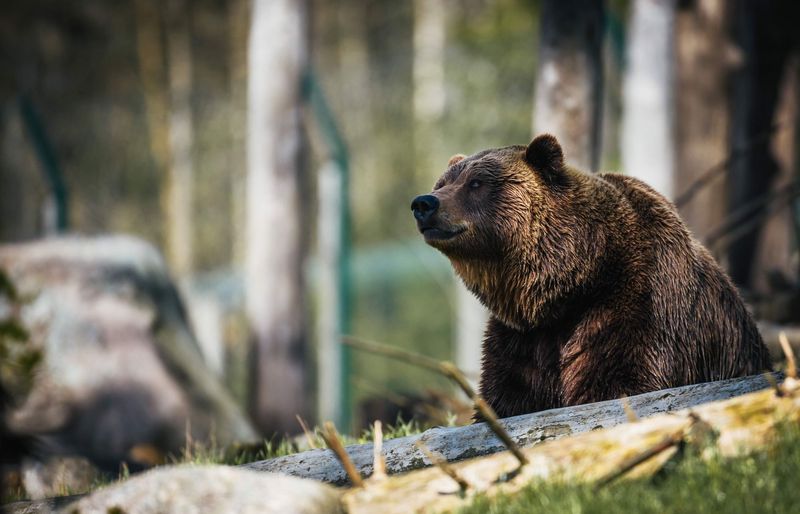
Weather patterns are shifting, and with them, animal habitats. Climate change is transforming California’s landscape, creating new opportunities for species to thrive or return.
Grizzlies, in particular, may find certain areas more hospitable than they once were. As temperatures rise and forest compositions change, new territories become suitable for their habitation.
It’s a wild world where nature constantly adapts, and these bears just might be the next big returnees. Who knows what other surprises climate change will bring?
3. Increased Prey Availability
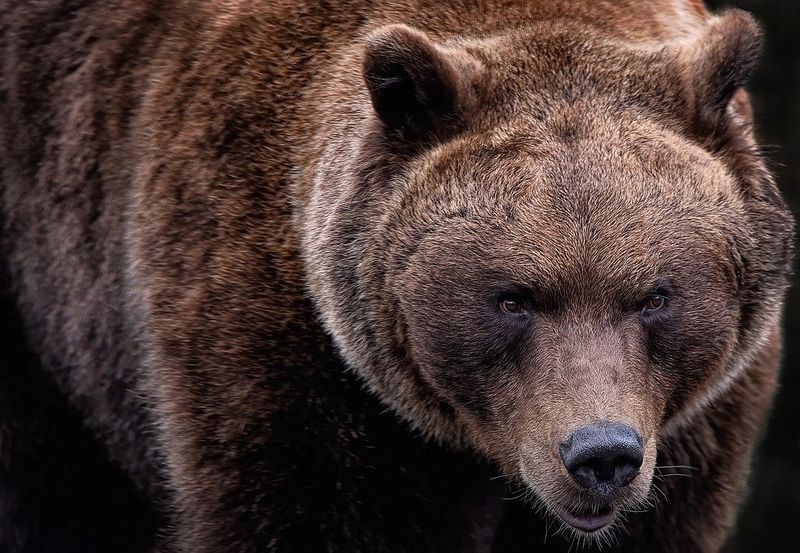
Ever wondered what’s on a grizzly bear’s menu? With more prey like deer and fish thriving in California, the buffet is certainly more appealing.
Thanks to conservation efforts and changes in ecosystems, food sources are plentiful, making the state an attractive option for returning grizzlies.
These bears are opportunistic feeders, and with bellies full of available prey, who could blame them for wanting back in? A plentiful diet is key to their survival and prosperity in new territories.
4. Legal Protections
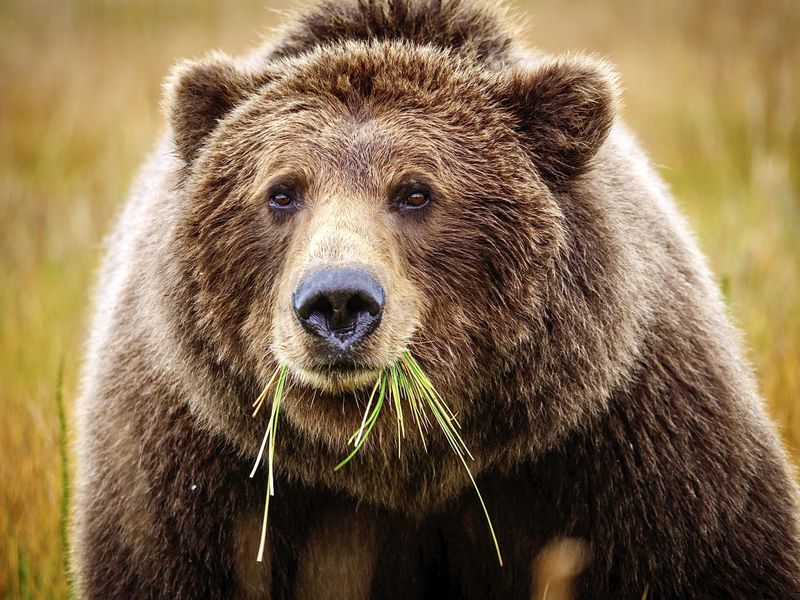
Laws can be a bear’s best friend! In recent decades, legal protections for wildlife have grown stronger in California.
These regulations protect vast areas of habitat and ensure that bears, when they return, can roam freely without fear of human interference.
It’s a thrilling time for animal lovers and legal enthusiasts alike as these policies take shape.
5. Public Support For Conservation
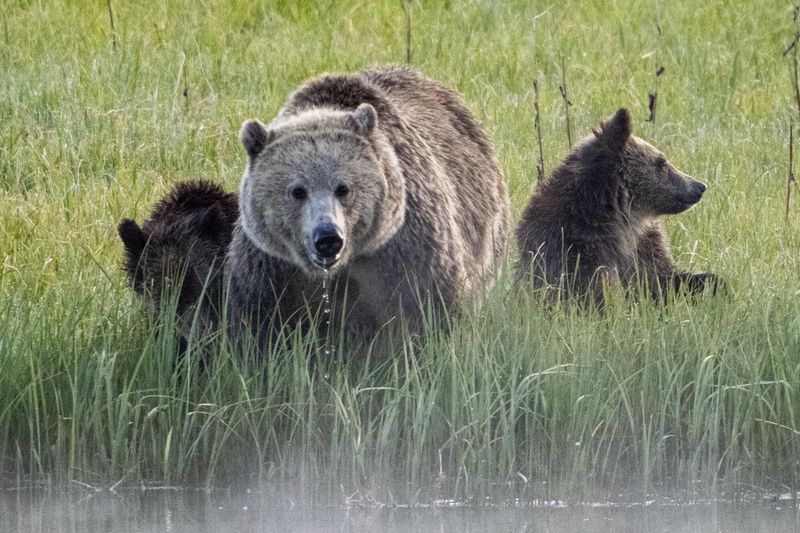
Grizzlies might get their own fan club! Public support for wildlife conservation in California has been on the rise. People from all walks of life are coming together, advocating for the return of these majestic bears.
Community-driven initiatives and local support lay the groundwork for successful reintroduction projects.
It turns out, when people unite for a common cause, even the biggest dreams, like bringing back grizzlies, can come true. The enthusiasm is contagious and has real impact!
6. Scientific Advancements
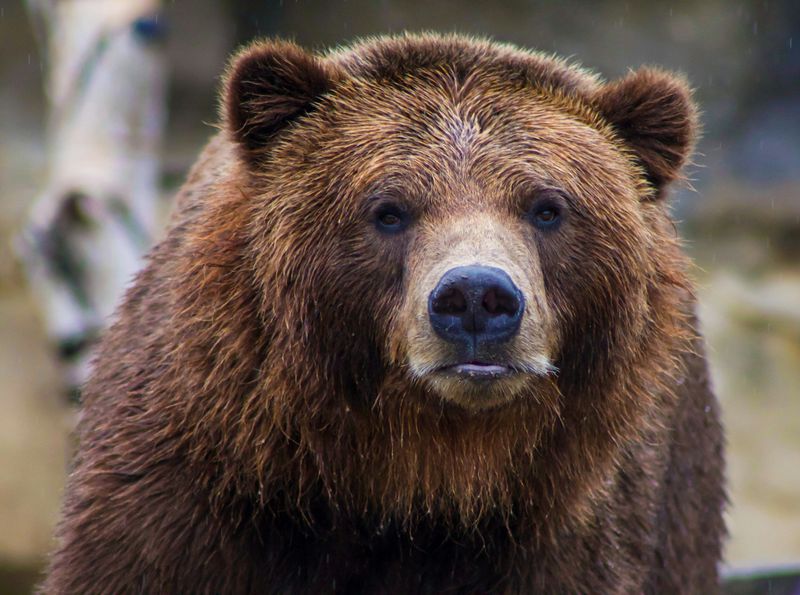
Ever thought scientists could help bears make a comeback? Cutting-edge genetic research and habitat modeling are making it possible to predict where grizzlies might thrive.
These advancements allow scientists to create detailed action plans for reintroduction. It’s like having a crystal ball showing the best spots for grizzlies to call home!
With technology on their side, researchers can ensure that future generations of bears have a fighting chance in California’s wild. It’s science meeting nature in a beautiful dance.
7. Historic Range Restoration
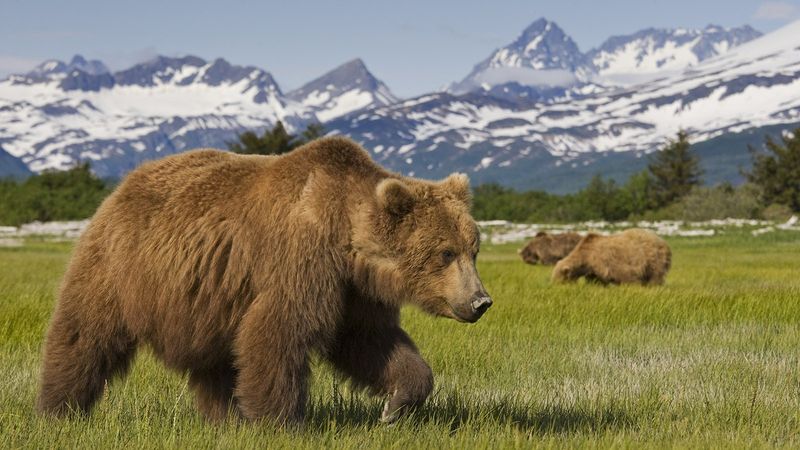
Grizzlies have a long history in California, and there’s a push to restore their historic range. Imagine walking in the footsteps of these ancient creatures!
This nostalgic journey through California’s past is not just about history; it’s about creating a future where grizzlies roam free once again. History buffs and nature lovers unite for this exciting endeavor!
8. Habitat Connectivity
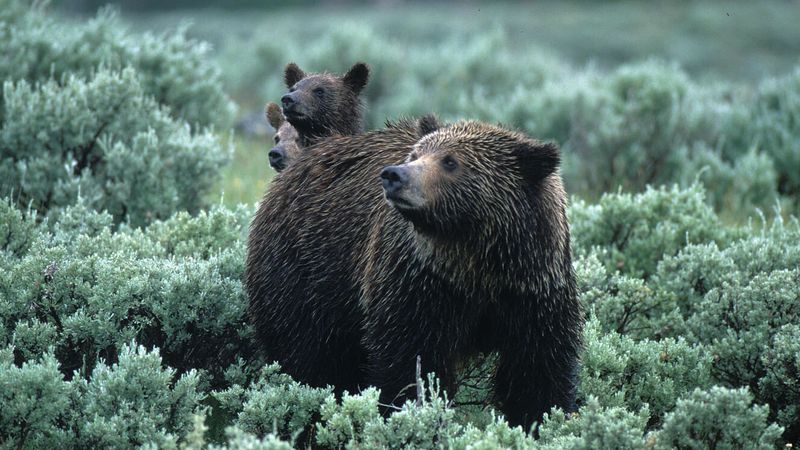
Ever played connect-the-dots with forests? Habitat connectivity projects are creating corridors that link fragmented forests, allowing animals, including grizzlies, to move freely.
These green pathways are essential for species migration and survival, offering safe routes between habitats.
It’s a big win for wildlife, as it encourages genetic diversity and healthier populations.
It’s like building a superhighway for nature’s travelers!
9. Ecosystem Resilience
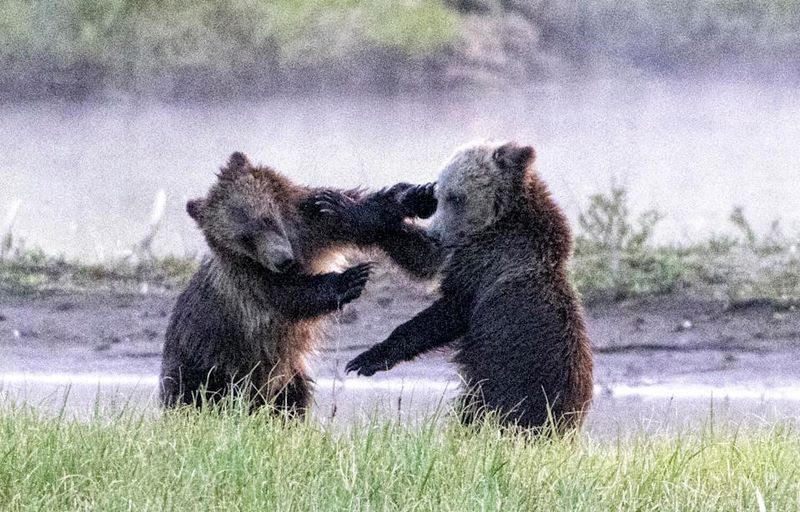
Nature is resilient, and ecosystems are bouncing back stronger than ever. The return of apex predators like grizzlies can enhance this resilience, helping to balance prey populations and promote biodiversity.
California’s landscapes are primed for such a rebalancing act. Imagine a world where ecosystems function like well-tuned orchestras, with each creature playing its part!
Grizzlies could be the missing piece that completes California’s environmental symphony, and nature’s harmony is music to our ears.
10. Potential For Ecotourism
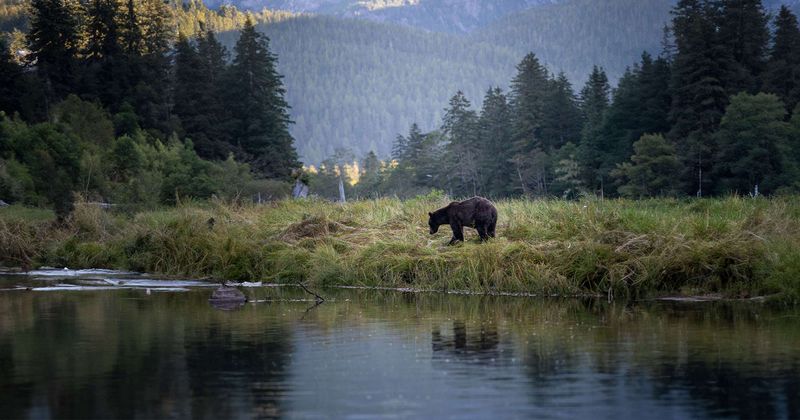
Can you picture grizzly bears boosting tourism? The potential for ecotourism in California is huge, with these charismatic creatures drawing wildlife enthusiasts from all over.
As the excitement builds and more travelers flock to see the grizzlies, local economies can flourish. It’s a win-win situation; conservation efforts get a boost, and communities benefit financially.
Picture yourself on a guided tour, spotting a grizzly in its natural habitat – an unforgettable experience for any nature lover!
11. Cultural Significance
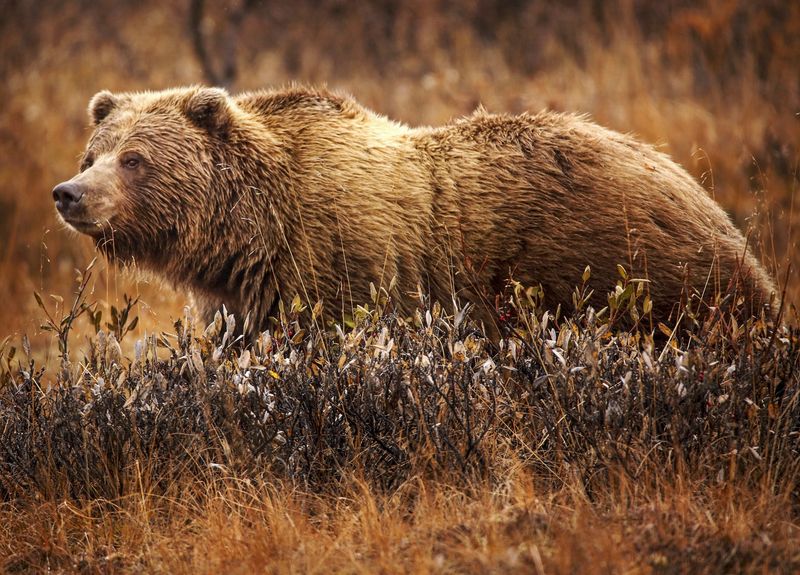
Grizzly bears hold a special place in California’s history and culture. From indigenous stories to state symbols, they’ve been celebrated and revered.
As these majestic creatures eye a return, their cultural significance gains renewed interest. Art, literature, and local traditions can all be enriched by their presence.
It’s like welcoming back an old friend who’s been part of the family for generations.
12. Political Will
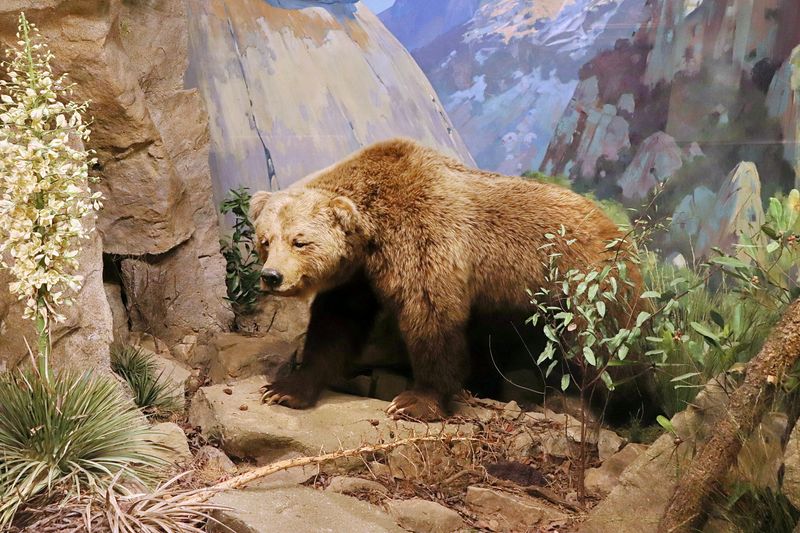
Politics isn’t just for people! Recent shifts in political will have seen increased support for wildlife conservation at the governmental level.
Initiatives to bring back grizzlies are gaining traction, with policymakers recognizing the ecological and cultural benefits.
This newfound momentum can translate into tangible actions that pave the way for these bears to make a triumphant return. Who knew political discussions could have such a positive impact on wildlife?
13. Successful Reintroduction Models
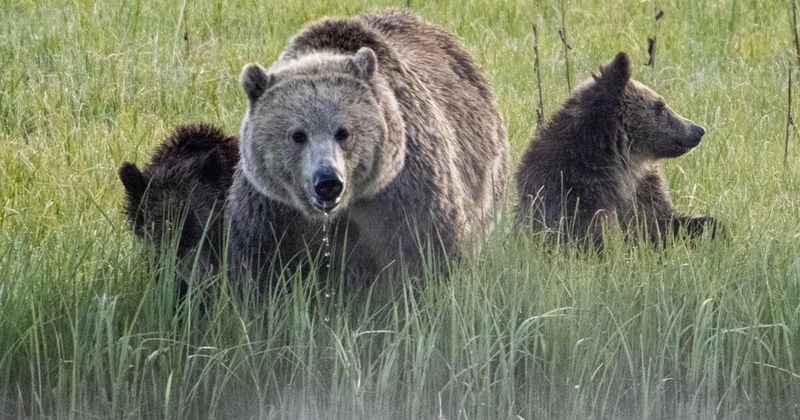
Learning from others can be a game-changer. Across North America, success stories of bear reintroduction projects provide valuable insights. B
These examples demonstrate the potential for success, offering a roadmap to follow.
With expertise and lessons learned, grizzlies could soon be part of California’s natural tapestry once again. Isn’t it inspiring to see nature’s comeback?
14. Community Education Programs
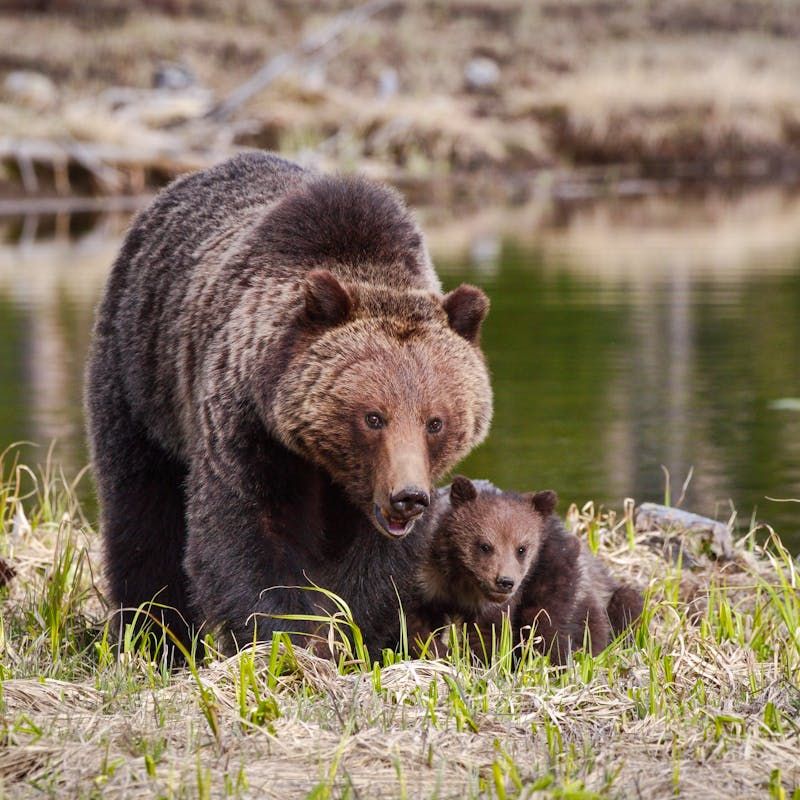
Education can be a catalyst for change. Community programs focusing on wildlife and conservation are fostering a new generation of nature advocates.
Imagine kids growing up with a deep connection to these bears! It’s a nurturing approach that prepares communities to coexist peacefully with returning wildlife.
Knowledge is power, and in this case, it could bring grizzlies back to California.
15. Advancements In Wildlife Management
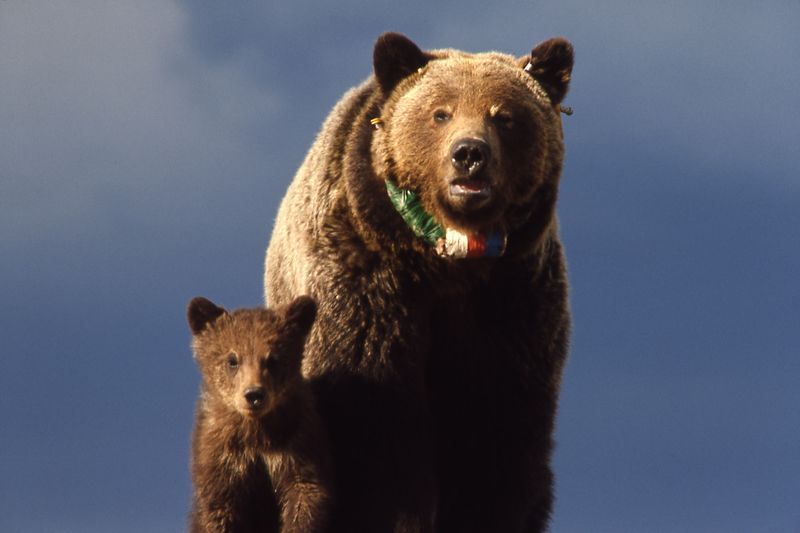
Ever thought tech wizards could aid wildlife? Modern wildlife management techniques, including GPS tracking and drone surveillance, make monitoring bear populations easier.
These advancements provide critical data on movement patterns and habitat preferences. Armed with this information, conservationists can make informed decisions to support grizzly reintroduction.
It’s like having a high-tech toolkit for ensuring bears have the best chance at thriving. With innovation on their side, the future looks bright for grizzlies eyeing a Californian comeback.


